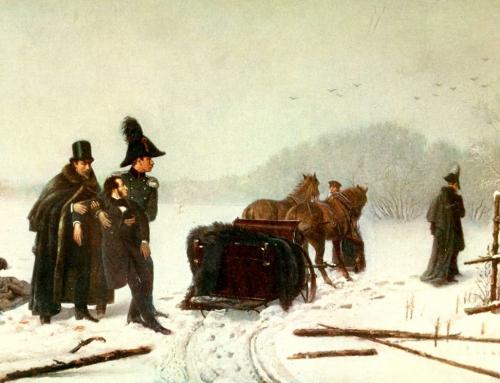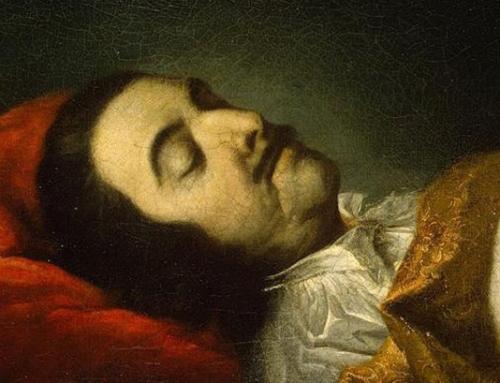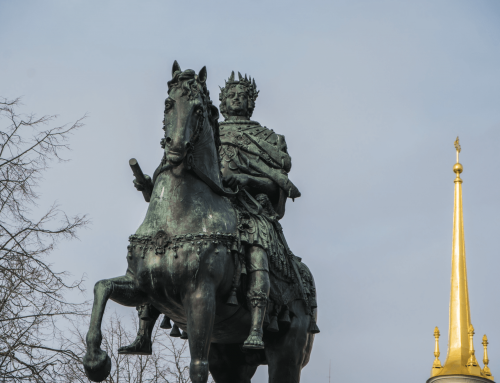January 29 [February 10] in 1837 the famous Russian poet Alexander Pushkin died. The poet died in an apartment in house 12 on the embankment of the Moika River from a wound obtained in a duel with Georges de Haeckern (Dantes). Pushkin loved to walk in the Summer Garden. In one of his letters to his wife, the poet reported: “The summer garden is my garden. I, having got up from sleep, go there in a dressing gown and in shoes. After dinner I sleep in it, I read and write. I’m in it at home. ” Although the letter is written with a grain of irony, the Summer Garden in the first third of the XIX century was the only ancient garden of St. Petersburg, which was open to the public. That’s how the journalist P. Svinin describes the public of the Summer Garden of the 19th century: “Until 10 am there are some feeble, walking by the order of doctors.” From 10 to 12 velvet meadows are covered by groups of children as beautiful as the Rubensov and Raphael angels, frolicking under the supervision of the pretty nannies and nurses! At two o’clock in the afternoon the scene changes – and the big alley represents the charms and splendor under a different view. “This is the hour of the pre-arranged celebration of Petersburg beauties.” Pushkin’s Summer Garden is mentioned in the novel in verse “Eugene Onegin”.
1.Duel of Pushkin with Dantes. 1884, the artist A. Naumov.

2. The death of Pushkin. 1986, the artist D. Belyukin.
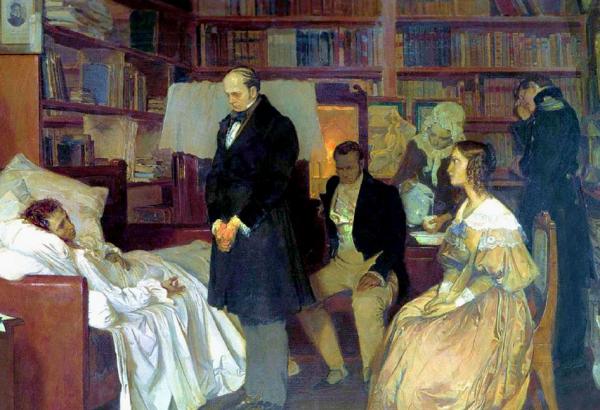
3. Summer garden. Alley leading to the grotto. 1800s, unknown artist.
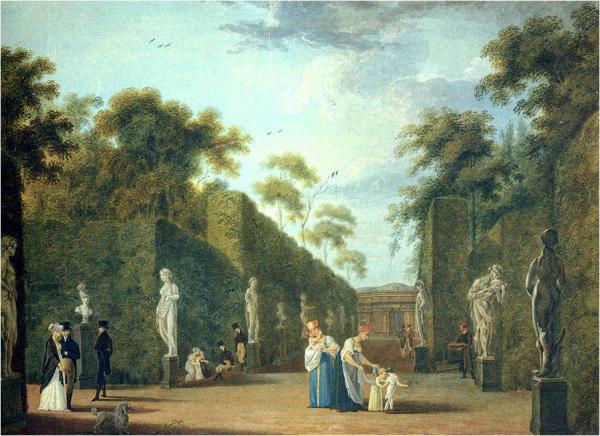
4. Summer garden, Swan’s ditch. 1824, unknown artist.






